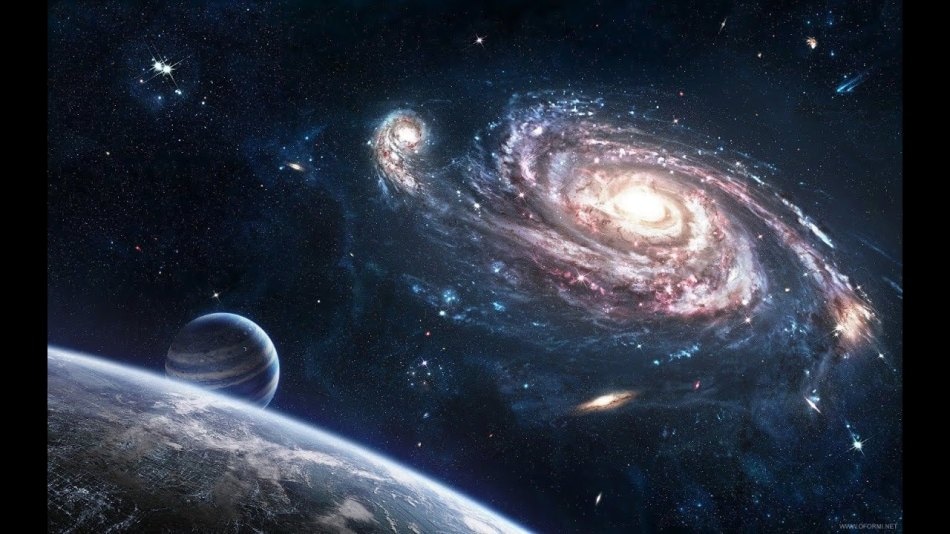Dec 5 2019
An international research team has enhanced a computer program that helps replicate the behavior of photons when they interact with hydrogen present in the intergalactic space.
 Image Credit: Immanuel Kant Baltic Federal University.
Image Credit: Immanuel Kant Baltic Federal University.
Andrey Savelyev, associate professor of the Institute of Physical and Mathematical Sciences and Information Technologies of the Immanuel Kant Baltic Federal University (IKBFU) was part of the research team. The results of the study have been published in Monthly Notices of the Royal Astronomical Society, a scientific journal.
In the Universe there are extragalactic objects such as blazars, which very intensively generate a powerful gamma-ray flux, part of photons from this stream reaches the Earth, as they say, directly, and part—are converted along the way into electrons, then again converted into photons and only then get to us.
Andrey Savelyev, Associate Professor, Institute of Physical and Mathematical Sciences and Information Technologies, Immanuel Kant Baltic Federal University
Savelyev continued, “The problem here is that mathematical calculations say that a certain number of photons should reach the Earth, and in fact it gets much less.”
According to Savelyev, researchers have two versions of why this occurs. The first version is that a single photon, after being transformed into an electron (a charged particle, as is known contrary to a neutral photon) initially falls into a magnetic field and then deviates from its track without reaching the Earth. This happens even after the electron is converted back into a photon.
The second version of the researchers describes the behavior of particles that travel to the Earth by making contact with hydrogen “spilled” in the intergalactic space, and not by interacting with an electromagnetic field.
Many people believe that space is completely empty and that there is nothing between the galaxies. In fact, there is a lot of hydrogen in a state of plasma, that is, in other words, very strongly heated hydrogen.
Andrey Savelyev, Associate Professor, Institute of Physical and Mathematical Sciences and Information Technologies, Immanuel Kant Baltic Federal University
Savelyev continued, “And our report is about how particles interact with this plasma. There is a special computer program that calculates models of particle behavior in intergalactic space. We can say that we improved this program by considering several possible options for the development of events in interaction with plasma.”
Regrettably, the calculations cannot be verified empirically, because researchers are yet to learn a method to produce extreme space conditions on Earth. However, Savelyev believes that in the future, this could be achieved to a certain extent.
Savelyev added that plasma, which happens to be the fourth state of matter apart from solid, liquid, and gas, is rather challenging for research. However, people have high hopes for plasma, as a source of affordable and extremely powerful energy.
The study is a minor contribution to the collection of plasma know-how. They may perhaps prove useful in creating effective nuclear fusion.